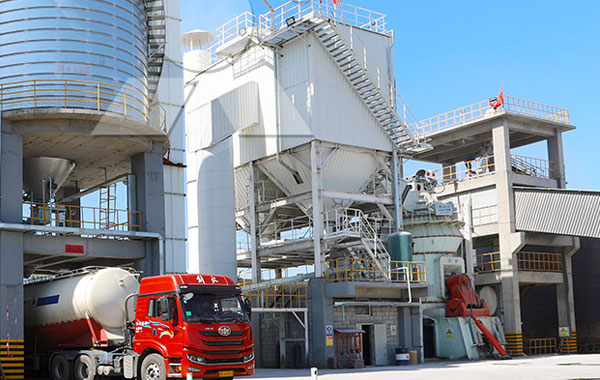Designing a cement grinding plant requires careful consideration of various factors such as production requirements, raw material properties, energy efficiency, and environmental considerations. Here is a brief overview of the key aspects to consider when designing a cement grinding plant with a capacity of your choice:
Production Requirements: Determine the desired production capacity of the plant, which in this case is a cement grinding capacity. This will depend on factors such as market demand, future expansion plans, and available resources.
Raw Material Properties: Analyze the properties of the raw materials to be used in cement production. The main components are usually limestone, clay, iron ore, and gypsum. Assess their chemical composition, grindability, and moisture content, as these factors will influence the grinding process and equipment selection.

Grinding Equipment: Select the appropriate grinding equipment based on the production capacity and raw material properties. Commonly used equipment includes ball mills, roller presses, and vertical roller mills (VRMs). Consider factors such as energy efficiency, maintenance requirements, and initial capital investment when choosing the equipment.
Grinding Process: Determine the grinding process based on the selected equipment. This may involve dry or wet grinding, and the use of additives to enhance the cement properties. Optimize the grinding process to achieve the desired fineness and specific surface area of the cement while minimizing energy consumption.
Material Handling and Storage: Plan the layout of the plant to ensure smooth material handling and storage. This includes designing conveyor systems to transport raw materials and finished products, as well as storage silos for clinker, additives, and cement.
Quality Control: Implement a robust quality control system to monitor the grinding process and ensure the desired cement quality. This may involve regular sampling and testing of the raw materials and finished products, as well as monitoring parameters such as fineness, strength, and setting time.
Environmental Considerations: Incorporate environmental considerations into the design by implementing measures to reduce dust emissions, noise levels, and energy consumption. Consider using energy-efficient equipment, installing dust collectors and filters, and adopting alternative fuels or raw materials to minimize the environmental impact.
Safety Considerations: Prioritize safety in the plant design by implementing appropriate safety measures, such as safety guards on equipment, proper signage, and employee training programs. Comply with relevant safety regulations and industry best practices to ensure a safe working environment.
Infrastructure and Utilities: Ensure that the plant design accounts for necessary infrastructure and utilities, including electricity supply, water sources, waste disposal systems, and access roads. Collaborate with relevant authorities and utility providers to meet the required specifications and standards.
Future Expansion: Anticipate future expansion and design the plant layout and equipment selection in a way that allows for easy scalability. This may involve reserving space for additional grinding units or storage facilities, and selecting equipment that can handle increased production capacity if required.
In conclusion, designing a cement grinding plant with a specific capacity involves careful consideration of production requirements, raw material properties, grinding equipment selection, quality control measures, environmental and safety considerations, infrastructure requirements, and provisions for future expansion. A comprehensive approach to plant design will result in an efficient, sustainable, and economically viable cement grinding facility.
